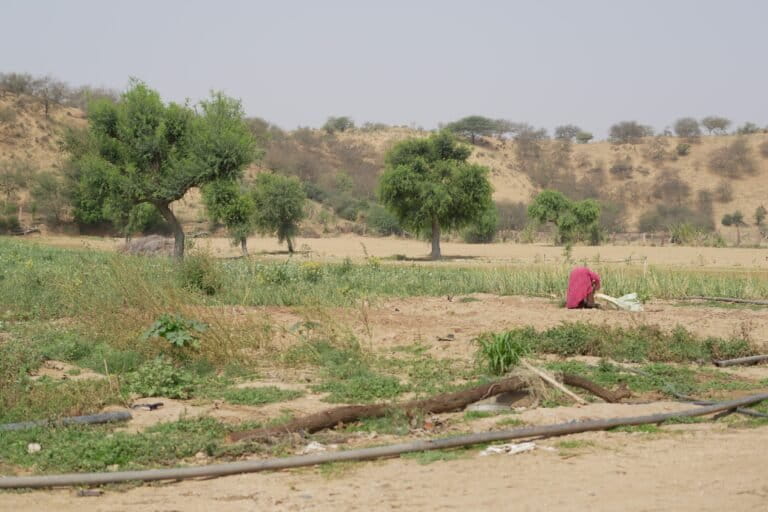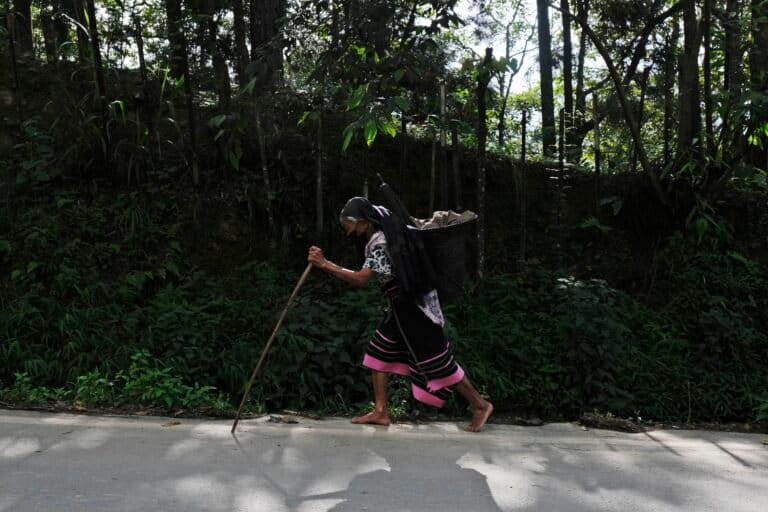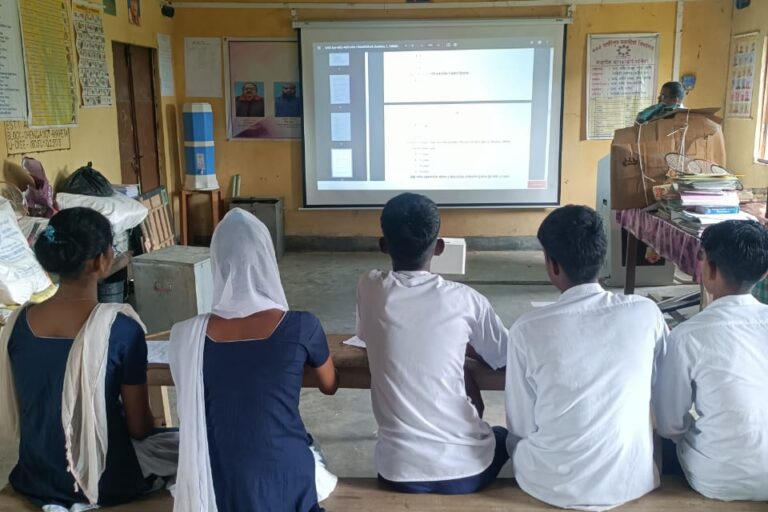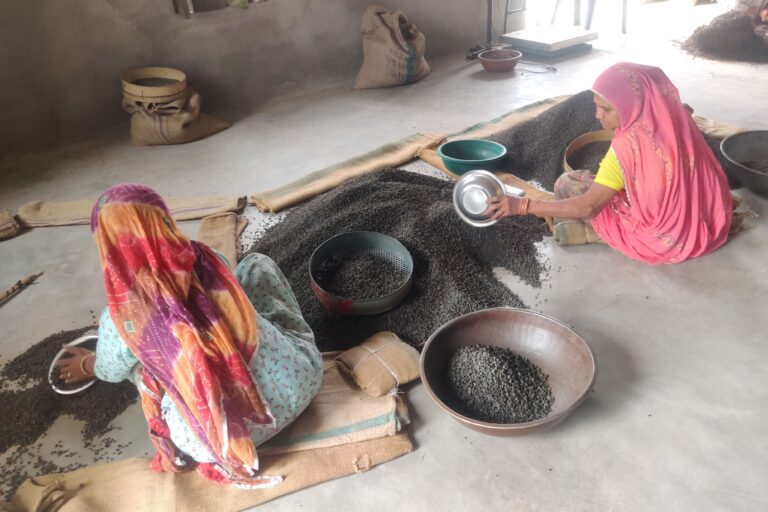- Infrastructure development and mangrove restoration can be balanced, a new model from Gujarat shows.
- The key is to involve the government agencies, local communities and the private sector.
- But challenges still remain due to the unbridled clearing of forests for agriculture or infrastructure projects and the looming threats of climate change and sea level rise.
A model for an effective melange of mangrove conservation and development has emerged in a new study along the coast of the western state of Gujarat in India, which offers one of the ways forward for reconciling the two.
The analysis of a successful mangrove restoration model in Estuarine, Coastal and Shelf Science highlights two case studies, one in the coastal urban port of Mundra in Gujarat’s Kachchh district and the second in a coastal rural area in Surat district. Together, the two case studies indicate that concerted efforts and collaboration between government agencies, local communities and the private sector could pave the way for such working models in the country.
Involving three key players – government agencies, local communities and the private sector – hold the key to the Gujarat model’s success.
“The successful mangrove restoration model of Gujarat has multi-stakeholder participation from the government, private corporations, local people, and non-governmental organisations,” the report concludes. It attributed the long-term effective mangrove restoration to community participation, public-private partnerships (PPP), and good governance.
For the community, mangroves are an important common resource pool; therefore, conservation of these resources is beneficial to them, their report says. Through PPP project initiatives, the local communities have achieved plantation and preservation of an estimated 5,000 hectares of mangrove area across the two districts. As part of the effort, the Gujarat Ecological Society, through community-based conservation of mangroves in Gujarat, has created three biodiversity management committees to train and involve local fishing communities to raise nurseries and care for saplings during the lean seasons.
Ramachandran Ramesh, scientist at the National Centre for Sustainable Coastal Management, under the Ministry of Environment, Forest and Climate Change, at the Anna University Campus, Chennai, and one of the authors, told Mongabay-India that Avicennia marina species that has a high rate of survival and establishment, and suits the local conditions, was widely preferred for restoration. Depending on the salinity, tidal range, minimum plant spacing, and similar factors, Ceriops sp. and the Rhizophora sp. were also planted in some areas for mangrove restoration either by direct seed sowing or raised bed plantations.
His team’s report emphasises the balanced approach to mangrove conservation and blue economy enhancement along its coast, where the state government itself is integrating several sectors for mangrove protection and restoration, he adds.
The mangroves of Gujarat have the second largest mangrove cover (1103 sq. km) in India, and are distributed over four regions, Kachchh, Gulf of Kachchh, Saurashtra and South Gujarat, which indicates a consistent increase in their over during the last decade, the report says. “This is largely due to the persistent conservation and restoration efforts through effective governance and policy implementation, which is required to be documented to encourage mangrove conservation efforts.”
“Apart from Gujarat, mangrove restoration initiatives are being carried out using community-based restoration models or participatory approaches in other coastal states of India, including Tamil Nadu, Andhra Pradesh, and Odisha,” says Ramesh.
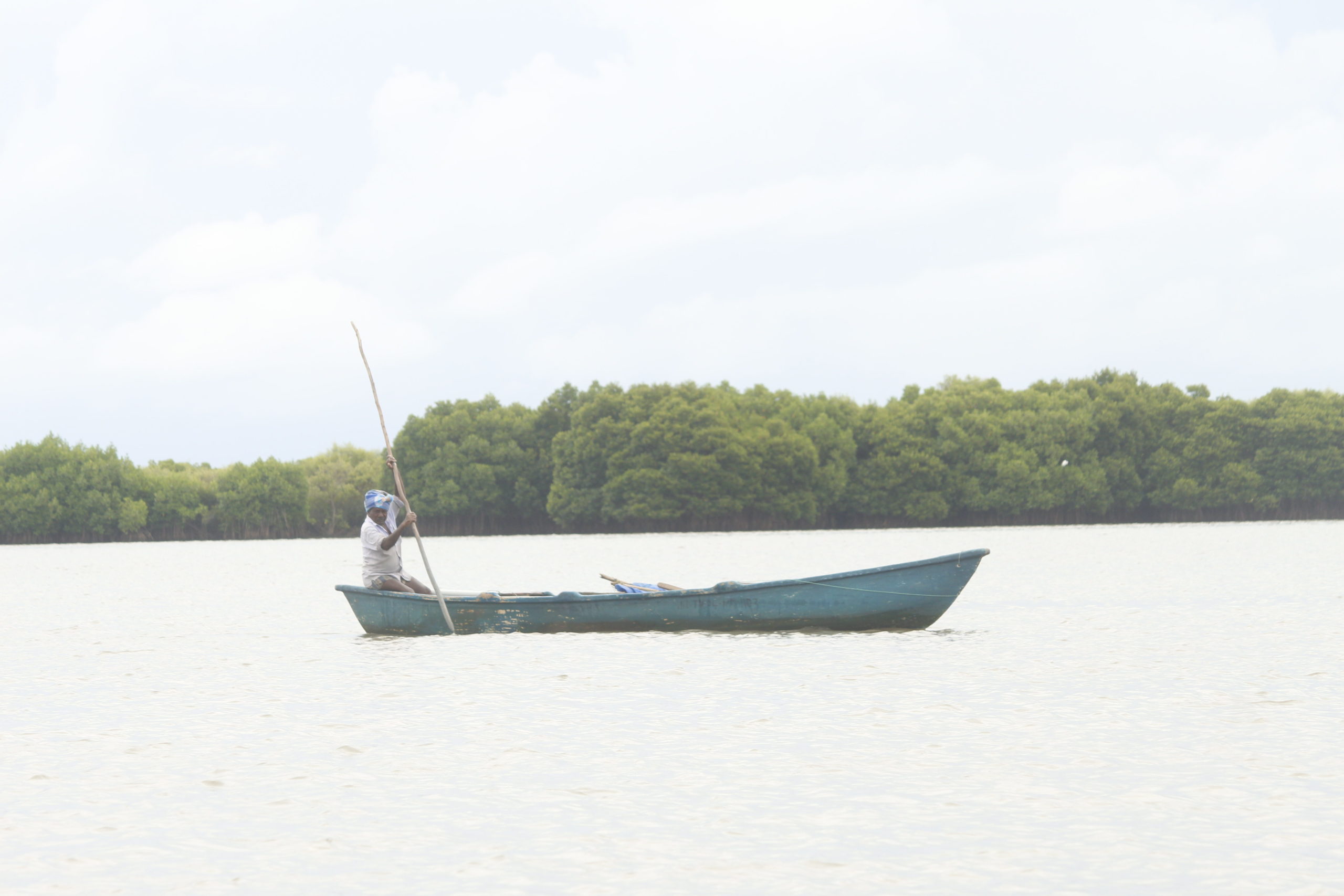
Scientists are increasingly stressing the need to align development with mangrove conservation. “Initially, the mangroves were felled to meet the demand for fuel wood. Similarly, large areas were converted for aquaculture,” points out Ramasamy Ramasubramanian, a scientist at the coastal systems research unit of MS Swaminathan Research Foundation (MSSRF), Chennai. However, these types of conversion and felling were stopped with legal protection under India’s Coastal Regulation Zone and Wildlife Protection Act, he adds.
A balance between the two is possible if one follows a sustainable development pathway, says Sugata Hazra, professor at the department of oceanographic studies at Jadavapur University, Kolkata. “However, it is rare,” he observes. “Generally, we plant mangroves with care and funding in already degraded areas and claim it to be aligned with development, which often is the cause of such degradation” in the first place. In a way, these are mangrove restoration projects.
That said, the road to balancing development activities with mangrove conservation along the coast is strewn with hurdles. “Excessive mangrove resource exploitation and coastal erosion are major obstacles to mangrove conservation and regeneration,” says Ramesh. “Besides, the impact of climate change with increasing sea level rise has led to back migration of mangroves in some coastal states of India.”
In addition to sea level rise and climate change, Hazra lists the “proliferation of aquaculture farms, salt pans, shipbuilding, ports and jetties, tourist resorts, transport industries, growing human population and establishment, and loss of grazing space for animals as other major blocks.
Successful restoration depends on the proper site, and species selection stresses Ramasubramanian. “Many plantations failed due to lack of proper planning.”
While the mangrove extent is gradually increasing in many states due to afforestation programmes, as mangroves are able to withstand harsh environments, “future risks such as sea level rise, increase in temperatures, less freshwater flow, intensive cyclones, and tsunami pose threat to the mangroves,” he points out.
And despite the current success, Gujarat still has vast areas along the coast where mangrove regeneration is possible, his team’s report says. Gujarat is predicted to have 258-1153 square km of mangrove regeneration potential scattered across the shores of ten districts, according to the report.
To achieve more benefits from current mangrove restoration activities, all the mangrove areas are to be notified as forests, says Ramasubramanian. “Where ever the potential exists, mangroves can be grown and protected,” but “still large areas of mangroves are found outside the reserve forests which need protection.”
In mangrove areas outside the forest land, integrated mangrove fishery farming can be adopted, which will contribute to livelihood as well as coastal protection. “These types of ponds are suitable for the extensive farming system which does not require much input cost for water pumping and feed for the organisms growing inside the pond,” said Ramasubramanian.
Reversing mangrove degradation
Despite the hurdles, scientists are optimistic about reversing mangrove degradation. Mangrove degradation could be lessened by sensitisation programmes, awareness creation, developing alternative livelihood options and shifting away from an overreliance on natural resources, says Ramesh. “Restoration of degraded areas by selecting indigenous mangrove species for a specific site is important as this decade has been declared as the UN decade on ecosystem restoration.”
Hazra suggests a mix of measures, including formulating and enacting government policies against mangrove destruction, community involvement in mangrove restoration, and sensitising industries to their climate responsibilities. Another measure could be offering economic incentives to the coastal communities and women’s self-help groups through schemes such as REDD+, a climate change mitigation mechanism developed by the United Nations Framework Convention on Climate Change (UNFCC) to reduce emissions from deforestation and forest degradation by offering economic incentives such as carbon credits to developing countries to arrest forest loss.
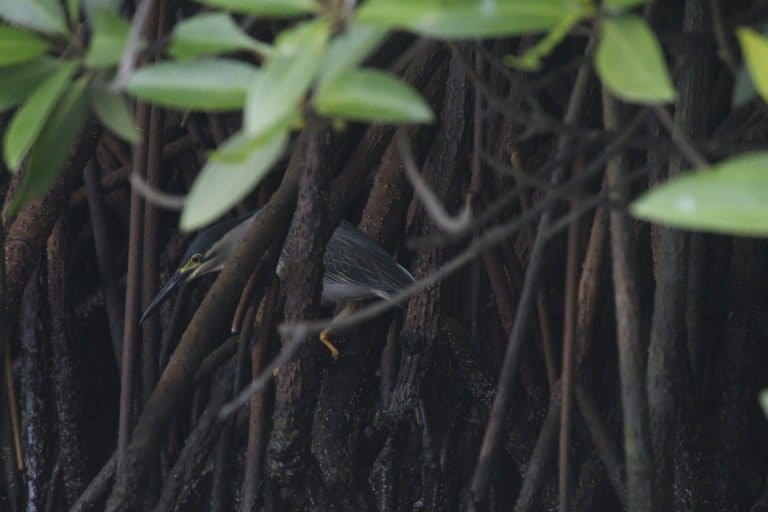
According to a recent Forest Survey of India report from 2019, all other coastal states and union territories, with the exception of Gujarat and Maharashtra, exhibited no major change in mangrove cover. Therefore, similar activities, as carried out by Gujarat, can be taken into consideration for increasing mangrove cover in other coastal regions of India, the report in the journal says.
India’s efforts are in tandem with global efforts. Mangroves are distributed in 123 countries, with a total global cover of 13.76 million ha, representing 1% of the world’s tropical forests. Mangroves are considered the second-largest ecosystem service providers, next only to coral reef ecosystems, for the dependent coastal communities. They also harbour rich biodiversity, including commercially important finfish and shellfish. It is estimated that 90% of the marine organisms spend part of their life in this ecosystem, and 80% of the global fish catches depend on mangroves, the report says.
They also protect coastlines and sequester carbon. In addition, mangroves and their associated biota are identified as promising sources of natural and novel drugs against multi-drug-resistant microbes. Coastal development is considered a long-standing threat to mangrove ecosystems, the report says. In general, land-use change, including urban development, aquaculture ponds, agriculture, mainly rice, and over-exploitation of timber, are the main driving forces. Globally, 62% of global losses of mangrove areas between 2000 and 2016 were primarily caused by conversion to aquaculture and agriculture.
In India, mangroves have an estimated cover of 4975 square km representing 0.15% of the total geographical area of the country. Over half of an estimated 57% of mangroves occur along the east coast; 31% are along the west coast, and the remaining 12% are in the Andaman and Nicobar Islands.
Banner image: Avicennia marina, more commonly known as grey mangrove or white mangrove. Photo by Dinesh Valke/ Wikimedia Commons.











